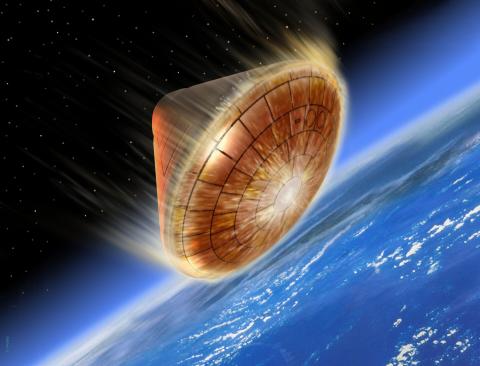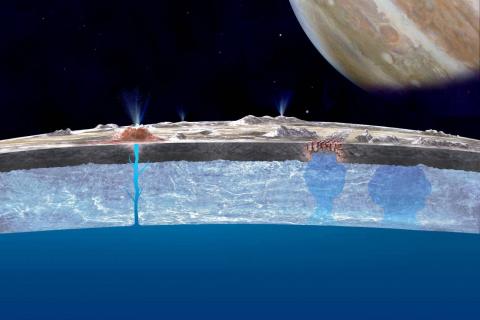Finally! It was a historic launch. A living history of space exploration, the first step towards mankind's return to the Moon in the coming years. The Artemis programme (NASA) is the equivalent of the Apollo programme, which allowed 12 astronauts to set foot on the Moon between 1969 and 1972. And finally, after half a century, we are back. But this time to stay. To learn to live in a world different from Earth and to prepare for future manned missions to Mars.
Moreover, Artemis, Apollo's twin, clearly symbolises the intention that it is an astronaut who will be the first to return to leave her mark on the dusty surface of our natural satellite. It is only fair! When it happens, NASA will atone for some of its grievances towards aspiring female astronauts at the dawn of the space age.
Finally, after half a century, we are back, but this time to stay.
But back to what happened today. The objective of Artemis I is to test for the first time the Space Launch System (SLS) mega rocket and the Orion deep-space spacecraft. Although the Orion spacecraft is unmanned on this first mission, three mannequins are on board: Helga, Zohar and Commander Campos. These mannequins have bones and soft tissues, along with 10,000 sensors scattered throughout their bodies.
The data from these sensors will be used to find solutions to avoid the harmful effects of radiation once the astronauts move away from the Earth's magnetic field. It will also measure the strong accelerations and vibrations characteristic of the most critical phases: launch and atmospheric re-entry.
42 days ahead
If all goes well, the mission will last 42 days. Within minutes of launch, the Orion spacecraft separated from the SLS rocket and moved into an orbit around the Earth. In this orbit, the spacecraft can prepare for engine ignition and insertion into a translunar orbit, which will take it to its destination in just over a week. Once there, Orion will restart its engines to move into an orbit around the Moon. Part of the mission is to test the stability of this lunar orbit, as a space station will be placed there in the future to receive astronauts on their journey from Earth.
The spacecraft will enter the Earth's atmosphere at 40,000 kilometres per hour and will be slowed by a heat shield that will have to withstand up to 2,700 degrees Celsius.
Finally, the spacecraft will return to Earth and land in the Pacific Ocean, northeast of the Hawaiian archipelago. This last stage is one of the most dangerous of the entire mission, as the spacecraft will enter the Earth's atmosphere at 40,000 kilometres per hour and will be slowed down by a heat shield that must withstand up to 2,700°C.
If the Artemis I mission is successfully completed, the programme will continue with Artemis II. This will take place in 2024 and will carry four astronauts around the Moon. But they will not descend to its surface: they will have to settle for a close-up view and return home. Finally, around 2025, the Artemis III mission, which will take the first woman to the lunar surface, could be launched. When this happens, an effort that began two decades ago and has been delayed by political wars, budget cuts and poor planning will be complete.
The new moon race
If these dates are not met, which is very likely to happen, we will have to keep an eye on other players competing in the race to return to the Moon. China is trying not to make too much noise, but it is proving to have a very solid space programme and has announced its intention to send astronauts to our satellite at the end of this decade. And then there are Elon Musk, Jeff Bezos and other entrepreneurs with 21st century cowboy delusions, who dream of making space tourism profitable.
But let's not get ahead of ourselves. For the moment, let's enjoy the success of today's launch and hope that the Artemis I mission ends well. If it does, we will have taken an impressive leap into the future. An exciting future in which we will inhabit other worlds, never to return.



